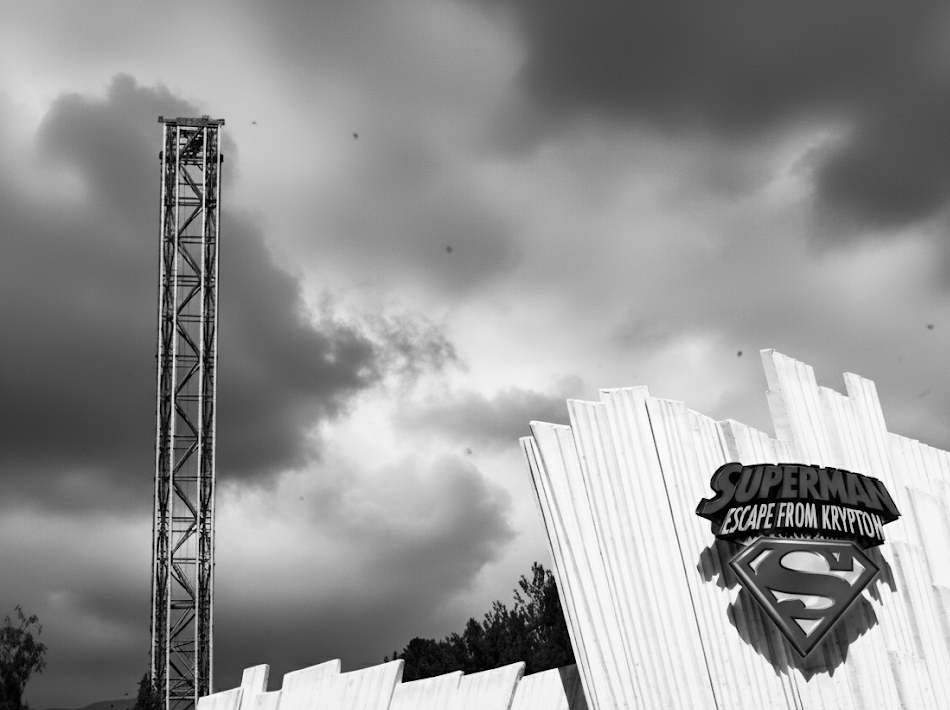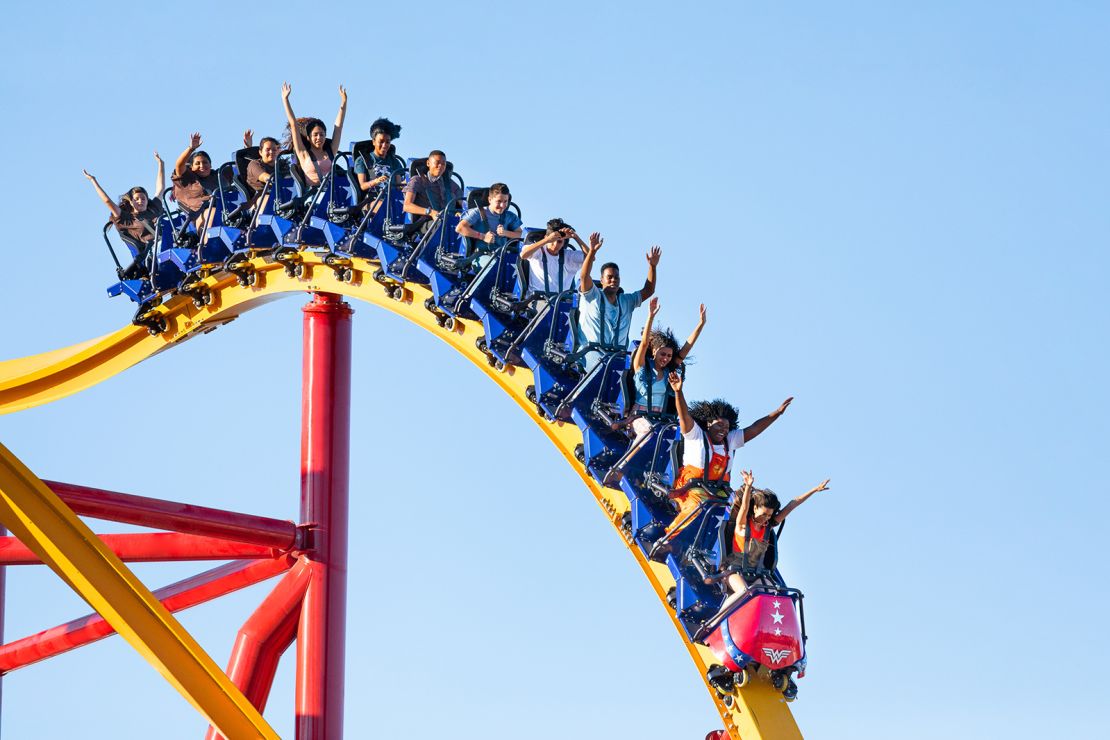Six Flags this week completed an $8 billion merger with rival Cedar Fair to create the largest amusement park operator in the United States. Together, they operate 42 amusement and water parks across 17 states.
The success of the deal will determine the future of these amusement parks, and diehard rollercoaster fans are watching carefully. Some are optimistic that the condition of Six Flags’ parks will improve. Others worry it will become more expensive to get into their favorite parks.
Many amusement park fans are passionate about the parks’ design and history and notice the smallest of changes. For now, each park in the new company will keep its old branding and name. But fans fear the parks could lose their nostalgic elements and become a sea of corporate sameness.
Knott’s Berry Farm in California, long owned by Cedar Fair.
“There’s apprehension,” said Bill Kneass, who has been a Six Flags season passholder on and off (but mostly on) for 30 years, twisting through Nitro and Wonder Woman rides at Six Flags Great Adventure in New Jersey.
Kneass goes to the park with his sons and his friends. He also goes by himself sometimes to take in the roar of the coasters or find quieter spots around the park gardens. He highlights each visit with a trip to see the engraved brick he bought on a park pathway to commemorate Six Flags’ 50th anniversary.
“If the new Six Flags can find a way to honor the history of their parks and bring in new attractions for all types of enthusiasts, they’re poised for success,” he said.
Chris Miller, who runs a YouTube channel about amusement parks called Coaster Conquest and co-hosts the Theme Park Stan podcast, is “cautiously optimistic” about the merger.
“I am hopeful that joining forces will help bring a variety of different new rides to parks that don’t normally see updates,” he said. But he is “worried that the cost of an all-park season pass will be super expensive” because of less competition.
He also worries the “beautiful” Cedar Fair parks will lose their distinct identities and become more like Six Flags.
“I hope they keep the parks as they are,” he said.
The new company, Six Flags Entertainment Corp., does not anticipate making any major changes at the park level, said spokesperson Gary Rhodes. Fans also should not expect any “immediate changes” to prices, ticket options or season passes.
“We expect this combination will enable us to deliver even more engaging and entertaining experiences to guests,” he said.
Six Flags struggles
The two companies are joining to compete with destination parks such as Disney and Universal and to use their new scale to drive down costs with vendors and suppliers. People come from around the world to go to Disney parks, while Six Flags and Cedar Fair are regional attractions.
Cedar Fair controls 51% of the new company, and Six Flags owns 49%. The company, with the stock ticker FUN, will be led by Cedar Fair CEO Richard Zimmerman.
Six Flags has struggled in recent years, going through various management changes and strategies. Its stock has dropped 40% over the past five years.
Six Flags hiked ticket prices in 2022, raising the average price of admission to $35.99 from $28.73. The move caused a 26% drop in annual attendance
It was part of Six Flags’ “premiumization” plan to bring in fewer people to parks but get them to spend more. CEO Selim Bassoul complained in 2022 that Six Flags had turned into “cheap day care centers” for teenagers and said the company wanted to “migrate…a little bit from what I call the Kmart, Walmart to maybe the Target customer.”



